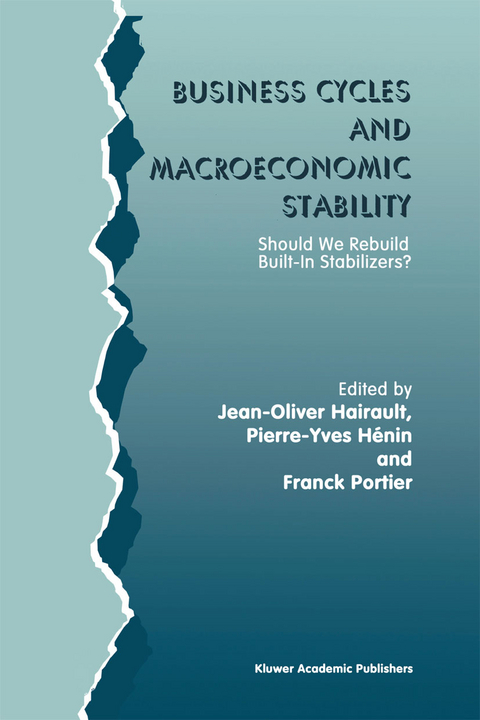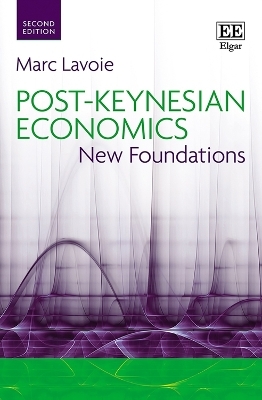
Business Cycles and Macroeconomic Stability
Springer (Verlag)
978-0-7923-9907-0 (ISBN)
I Fiscal Policies, Business Cycle and Growth.- 1 An Exploration Into the Effects of Dynamic Economic Stabilization.- 2 Optimal Public Spending in a Business Cycle Model.- 3 Welfare, Stabilization or Growth: A Comparison of Different Fiscal Objectives.- 4 Public Investment, Stabilization and Growth.- II Automatic Stabilizers in an Economic Union.- 5 Monetary Union and the Role of Automatic Stabilizers.- 6 The Efficiency of National and Regional Stabilization Policies.- 7 Insurance Against Asymetric Shocks in a European Monetary Union.- 8 Automatic Stabilizers in a European Perspective.- III Stabilization and Labour Market Policies.- 9 The Cyclical Effects of Labour Market Policy.- 10 Financing Unemployment Benefits in the Business Cycle: Stabilization, Welfare and Equity Issues.- IV Empirical Evidence, Recent Trends and Problems on Stabilization.- 11 Are Automatic Stabilizers Still Effective? The French Case in the Nineties.- 12 Output Stabilization Versus Deficit Sustainability: Is it a Trade-Off ?.- 13 The Effects of Fiscal Policy and the Maastricht Solvency Criteria on European Employment.- 14 Macroeconomic Effects of Fiscal Restructuring in Europe.
| Zusatzinfo | XXV, 341 p. |
|---|---|
| Verlagsort | Dordrecht |
| Sprache | englisch |
| Maße | 170 x 244 mm |
| Themenwelt | Wirtschaft ► Volkswirtschaftslehre ► Finanzwissenschaft |
| Wirtschaft ► Volkswirtschaftslehre ► Makroökonomie | |
| Wirtschaft ► Volkswirtschaftslehre ► Wirtschaftspolitik | |
| ISBN-10 | 0-7923-9907-2 / 0792399072 |
| ISBN-13 | 978-0-7923-9907-0 / 9780792399070 |
| Zustand | Neuware |
| Haben Sie eine Frage zum Produkt? |
aus dem Bereich


